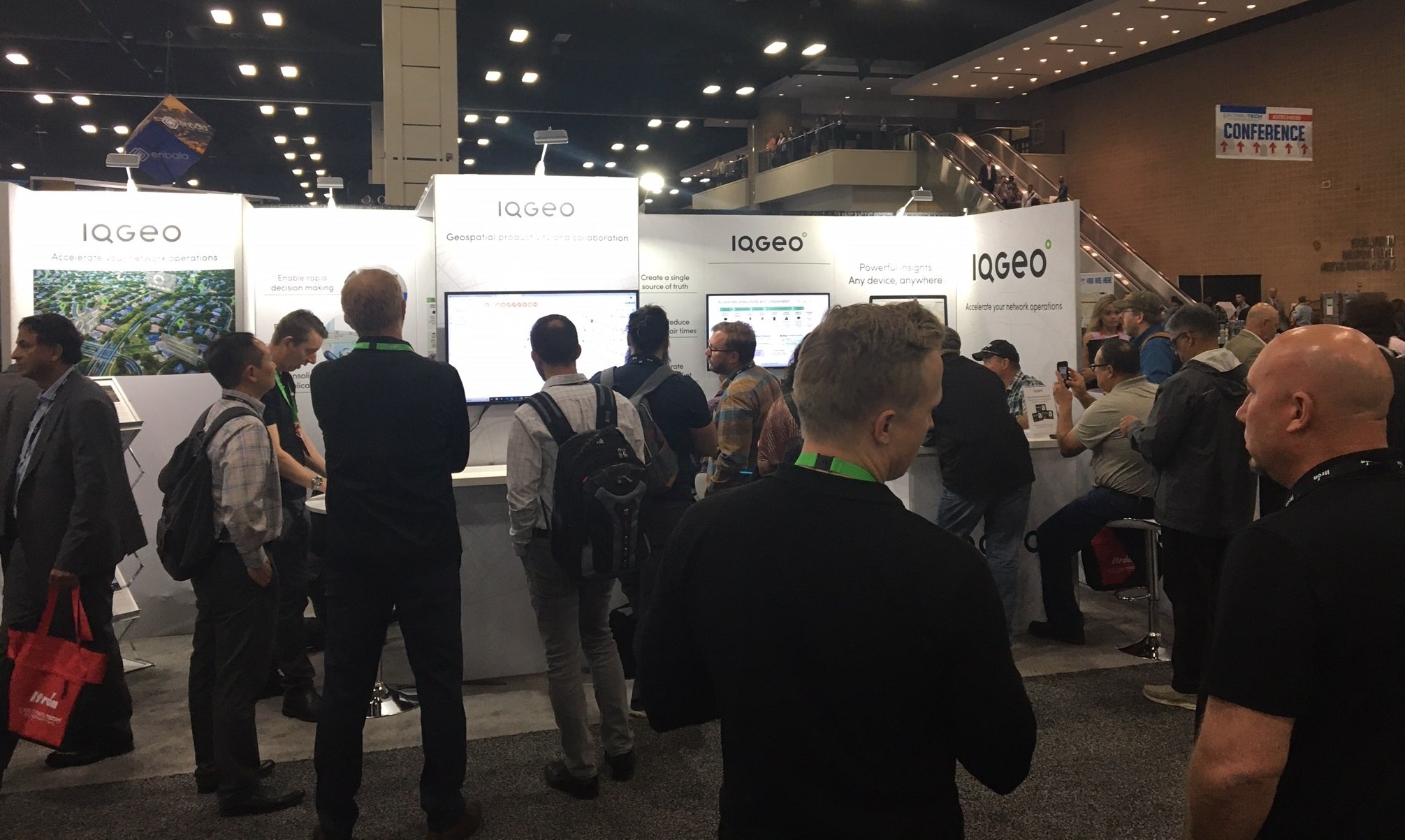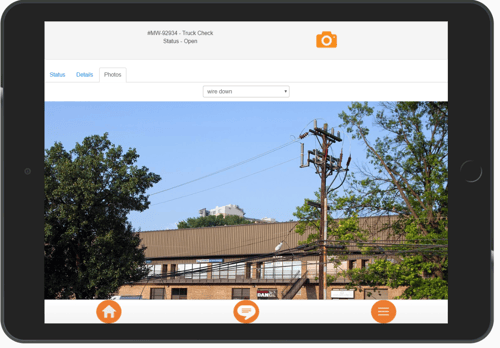The IQGeo team recently returned from DISTRIBUTECH International in San Antonio, TX. This annual industry leading event addresses technologies used to move electricity from the power plant, through the transmission and distribution systems, to homes and businesses across North America. It was a packed agenda with an 11-track summit, knowledge hubs, exhibition floor with more than 500 companies, and many opportunities for networking over the three days.
Key challenges facing utilities
The summit tracks knowledge hub presentations and discussions on the show floor identified several challenges facing the utility industry today. The drive for grid modernization dominated the discussions and some of the challenges impacting the digital transformation journey are putting huge pressure on the utility sector.
1. Frequent natural disasters - The rate of high-impact natural disasters is increasing, and it is incumbent on utilities to provide reliable service. They must prepare to maintain their services in the face of increasingly adverse weather patterns. In a recent Black & Veatch Strategic Directions: Smart Utilities Report, 82% said reliability and resilience is driving the need for grid modernisation.
2. Drive for decarbonisation and distributed energy resources - The phase out of coal power plants, and the growth of renewable energy sources are driving utilities to align their business with sustainable development and more ambitious climate change mitigation targets. A key priority is making sure renewables are integrated into the grid, evolving from a traditional distribution grid to a distributed energy resources (DER) model. As operational complexity increases, providing network access to customers while maintaining operational performance is will be a major challenge. In order to support greater levels of DER, major new investment is required to sustain high levels of reliability.
3. Increase in electric vehicles - Falling battery costs, emerging new pollution targets and major investments from automotive manufactures will see a significant increase in the global electric vehicle (EV) fleet within the next 15-20 years. This mass adoption will create more electricity demand and put further pressure on energy availability, grid stability, and will increase the pressure on deploying IoT and DER strategies.
4. Poor data quality - Closing the data quality gap between the office and field is crucial if utilities are to improve productivity and safety across their business. If data gaps aren’t addressed, it can lead to safety issues in the field because the as-built data backlog today can often take months to be updated. Huge inefficiencies exist in current work processes because static data like parking schedules cannot be cross-referenced with GIS data, and dispatched out to field on mobile devices. By empowering field teams, updates happen in the field where the work is taking place, cutting costly and inefficient backlogs. Current and high-quality data enables rapid decision making throughout the organization.
5. Improve customer experience - The quality of the service provided to their customers is also a huge focus for utilities. Vital metrics include lead time on connection services, and lead time on connection restoration and meter replacement. Utilities are struggling to keep up with demand as operational performance lags, impacting the quality and reliability of power delivery, distribution and dispatch efficiency, and rapid repair and maintenance. Poor service leads to customer churn that has a very direct impact on the bottom line of the business.
Overcoming challenges and creating the utility of the future
Utilities must continue to advance into this rapidly modernizing world even as they remain challenged by traditional business processes and legacy technology. Digital transformation that raises the bar across every area of the enterprise is key to meeting the future needs of their customers.
The broader workforce, not just a handful of GIS experts, must have access to the latest network asset details on any device, from anywhere. Field engineers need simple access to essential project details from their phone or tablet to quickly and easily capture as-built information, closing the data gap between the field and office.
During the event, IQGeo launched Network Manager for Utilities, a new product that extends the IQGeo platform to design, maintain and edit networks, as well as host network asset data. It was specifically developed to help utilities face these new challenges. Network Manager allows operators to create and manage a current, accurate view of network assets that can deliver efficiencies across the entire business, saving time and money while improving safety and enhancing customer satisfaction.
Planning for the next event is already underway and we look forward to seeing you in San Diego for DISTRIBUTECH International 2021.




 Previous
Previous




